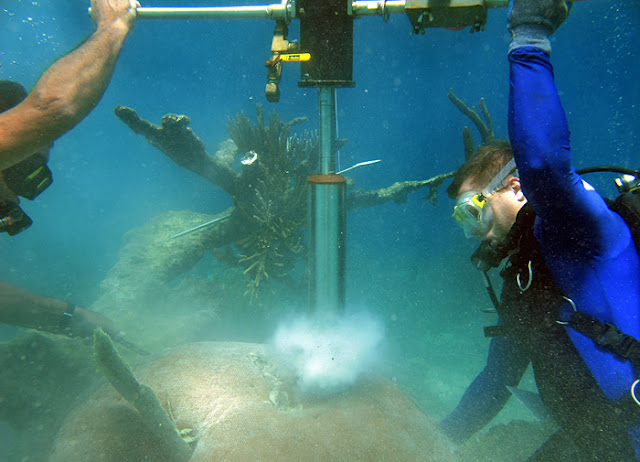The 2012 PIPA expedition is officially underway, and we recently got our first communication from the boat:
"pretty calm; beginning to get organized for work beginning at Kanton".
This is good news! Calm seas and work beginning -- as we had hoped.
So, where is Kanton Island, and what is the team planning to do there?
 |
| Kanton Island |
Kanton is the largest of the atolls, and has a large central lagoon, where the Nai'a will soon be anchoring in just a few hours! There is a resident group of i-Kiribati living there, and our team will be meeting with them to discuss their plans and to deliver some school supplies that were collected by Emily Mead (a local student from Weston, MA) via this very blog (the Kanton Campaign for Kids). Thanks so much to all who contributed!
Emily collected 49.5 pounds of school supplies (I know, I weighed and packed them for transport...) and Kiribati schoolchildren will soon be receiving new math, science and reading workbooks, glue, pencils, pens, paper, crayons.... though the school year is ending here in the U.S., "back to school shopping" for Kanton kids will be today or tomorrow! Thanks, Emily!
 |
| WHOI scientists remove a core sample from a massive star coral in a reef north of St. Thomas, U.S. Virgin Islands. They will do the same during this expedition to the Phoenix Islands Protected Area. (Photo: WHOI) |
In addition to meeting with the i-Kiribati who live there, our team will begin their scientific objectives. The coral health and calcification team will scour the lagoon for large coral colonies, and will extract cores in order to determine the history of growth for those colonies. From the cores, they will be able to measure coral growth rates, and see changes that might indicate past bleaching or other events that would impact growth rate.
 |
| A fish otolith (ear bone) (Photo: WHOI) |
Other teams will begin looking for fishes and extracting their otoliths (ear bones) for a similar purpose - reconstructing fish growth rates, age, and their trophic history (what they ate, at what life stage...) in order to determine food web links in the Phoenix Islands. [More background on otoliths here]
 |
| Dr. David Obura measures coral health in PIPA. Photo by R. Rotjan |
Another team will continue the monitoring of fishes and corals that has been happening in PIPA since 2000. They will retrieve and redeploy temperature loggers, measure fish and coral abundance, diversity, size, and health, and will also capture high quality images of the shallow seafloor for subsequent analysis.
We're hoping for some live reports amidst the busy schedules, and we'll keep you posted on the success of these important and diverse endeavors.
Until soon... Randi.





0 comments:
Post a Comment